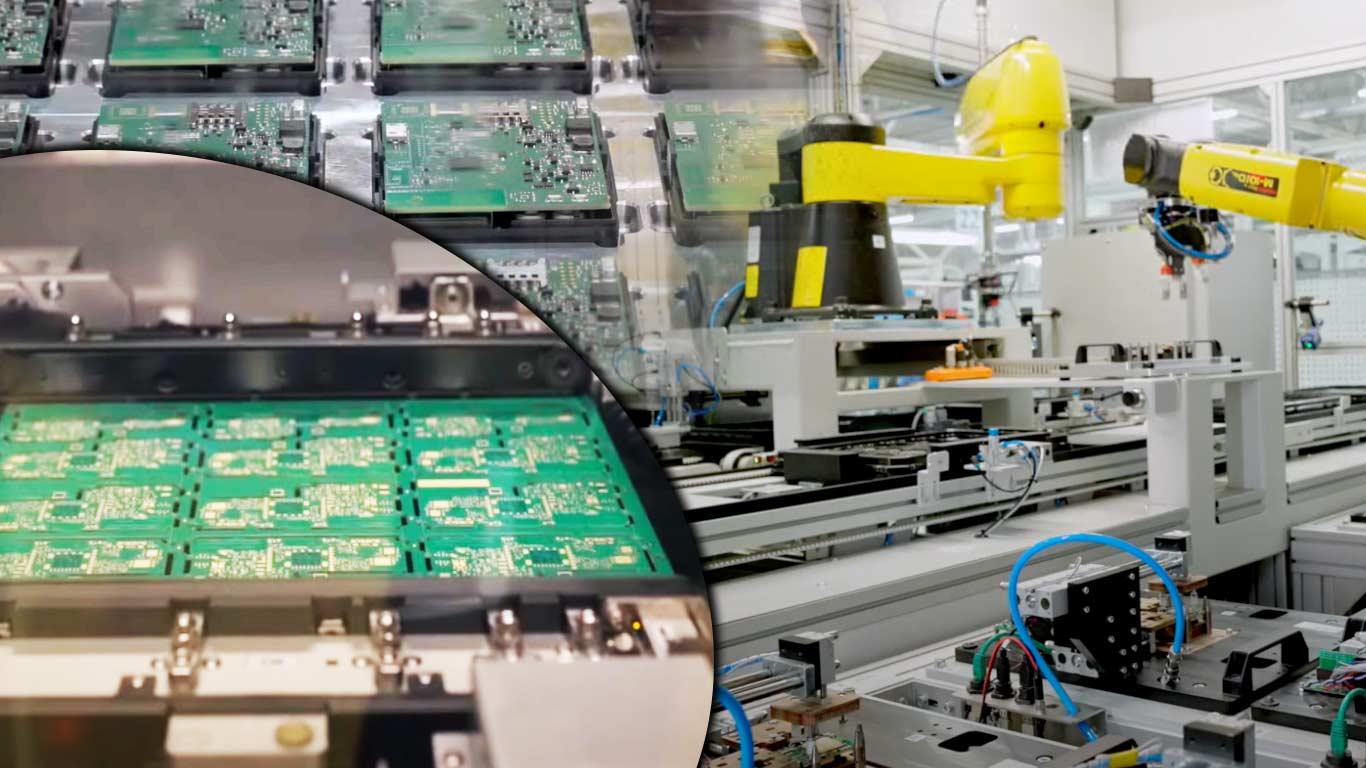
Finance Ministry Approves Rs 25,000 Crore Electronics Manufacturing Incentive Scheme
The initiative, expected to receive cabinet approval this month, is scheduled for implementation beginning April and projects component production valued between USD 50-60 billion over its five-to-six-year duration.
Initial discussions between the Ministry of Electronics and IT (MeitY) and the Finance Ministry contemplated a larger outlay of 30,000-40,000 crore rupees.
However, the Finance Ministry opted for a more conservative figure after evaluating industry projections for investments, demand, and production capacity.
This decision was influenced by the previous Production-Linked Incentive (PLI) schemes for smartphones and IT hardware, where allocated funds remained partially unused.
The new program introduces a flexible incentive structure that differs from the smartphone PLI scheme's fixed 4-6 per cent incentive rate.
Under this initiative, incentive rates will vary by product category, with higher rates allocated to components facing greater manufacturing challenges compared to competitors in China and Vietnam. The level of localisation achieved will also factor into the incentive calculations.
Government officials note that the scheme's structure acknowledges the capital-intensive nature of component manufacturing, contrasting with smartphone assembly operations.
The program can be expanded if the initial allocation is fully utilised, demonstrating strong industry participation and demand.
The domestic electronics industry has responded by requesting reductions in customs duties on specific smartphone components.
Industry representatives argue that the simultaneous application of duties and incentives could diminish the scheme's effectiveness by maintaining existing manufacturing disadvantages.
Consequently, the sector has petitioned the Finance Ministry to review component duties in the upcoming Budget.
This initiative aims to establish a comprehensive component manufacturing ecosystem in response to India's growing electronics demand.
According to a Confederation of Indian Industry (CII) report, the country's electronic component requirements are projected to surge from USD 45.5 billion in 2023 to USD 240 billion by 2030, driven primarily by increased domestic mobile phone production.
The government has set ambitious targets for local value addition in electronics manufacturing, aiming to increase it from the current 15-18 per cent to 35-40 per cent during the scheme's duration, with an ultimate goal of reaching 50 per cent of the non-semiconductor bill of materials.
The program will focus on critical components including printed circuit boards, camera modules, display sub-assemblies, lithium-ion cells, speakers, vibrator motors, and mechanics, which collectively represent approximately half of the bill-of-materials in mobile phones and laptops.
The CII's June 2024 report highlights batteries, camera modules, mechanicals, displays, and PCBs as high-priority components, projecting their combined value to reach USD 51.6 billion by 2030.
These components, currently heavily import-dependent or minimally produced in India, represent a critical opportunity for domestic manufacturing growth and reduced import dependence.
(KNN Bureau)
Legal Disclaimer:
MENAFN provides the
information “as is” without warranty of any kind. We do not accept
any responsibility or liability for the accuracy, content, images,
videos, licenses, completeness, legality, or reliability of the information
contained in this article. If you have any complaints or copyright
issues related to this article, kindly contact the provider above.


















Comments
No comment